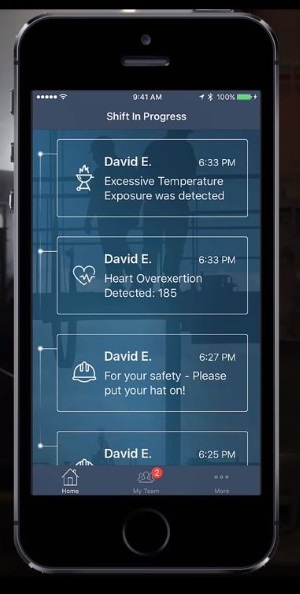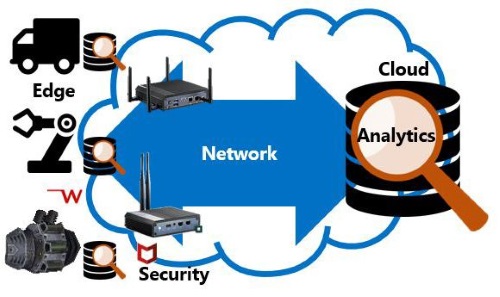By Gary Elinoff, contributing writer
We are all aware of how the Internet of Things (IoT) can protect capital equipment. For example, if a manufacturer has installed a turbine at a remote site, variables such as heat, voltage, current, and pressure can be measured at any point within the unit. Then it can be collected and instantly be made available, via the internet, to the experts residing at the manufacturer’s site, anywhere in the world. There, timely analysis can avert catastrophe in the short run and also improve long-term performance. Now, thanks to the burgeoning availability of wearable devices, IoT technology can now be used to protect people, too.
IBM IoT apps for real-time worker protection
IBM researchers in Haifa, Israel, have built a series of applications to monitor worker safety in dangerous industrial environments in real time. Built on top of the IBM Watson IoT platform, the first step is for the employee to don a suite of wearable devices. He then pairs them to the app, which runs on a smartphone that the employee carries on his person. The app begins to monitor his vital signs and certain behaviors, such as whether or not he is wearing his required hardhat.
The employee’s supervisor has an app that pairs to the employee app. As illustrated in Fig. 1 , that supervisor now has knowledge of conditions that must immediately be remedied if the employee is to stay safe.
 Fig. 1. IoT employee safety management app. Source: IBM Israel.
Fig. 1. IoT employee safety management app. Source: IBM Israel.
The edge in the IoT
In terms of the IoT, the edge is the local area. Here, data is stored, buffered, and prepared for transfer across the network and the cloud, where the real business of analytics can take place.
A strong case can be made for some level of analysis to take place locally here at the edge. In the event of an accident, it is quite possible that the network might become lost, at least temporarily. If data isn’t processed, organized, and relevant measurements saved, it may be impossible for management to ever learn what transpired.
 Fig. 2. Computing at the edge. Source: GE.
Fig. 2. Computing at the edge. Source: GE.
Intel IoT Gateway
Rice Electronics has partnered with Intel to offer its Connected Worker Solutions for workplace safety. The direct interface to personnel is through Rice’s own smart devices, which report to an Intel Atom processor-based gateway. Communication with the cloud is via Wi-Fi or 3G, and the gateway itself is capable of performing local (edge) analytics.
Connected Worker Solutions have deployed systems with the field arm of a telecommunications utility. The gateways can be housed in any of the utility’s trucks, so the operation is complexly mobile. A mobile IoT is, thus, established that can not only monitor the safety of the workers but also collect operational information that will be invaluable to management as they strive to improve operational efficiency.
The IoT for industrial environments has even garnered its own name: the Industrial Internet of Things (IIoT). Most of the major cloud players are staking their claims, and it is now an active area of development.
Advertisement
Learn more about Electronic Products Magazine





